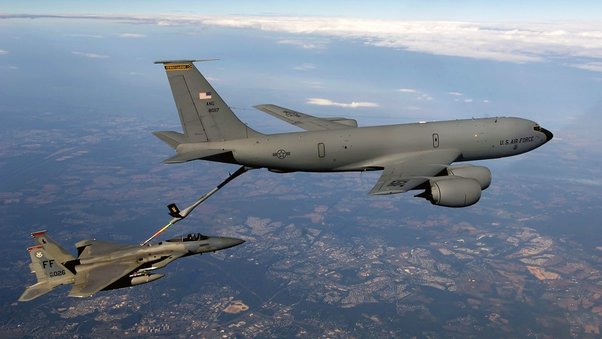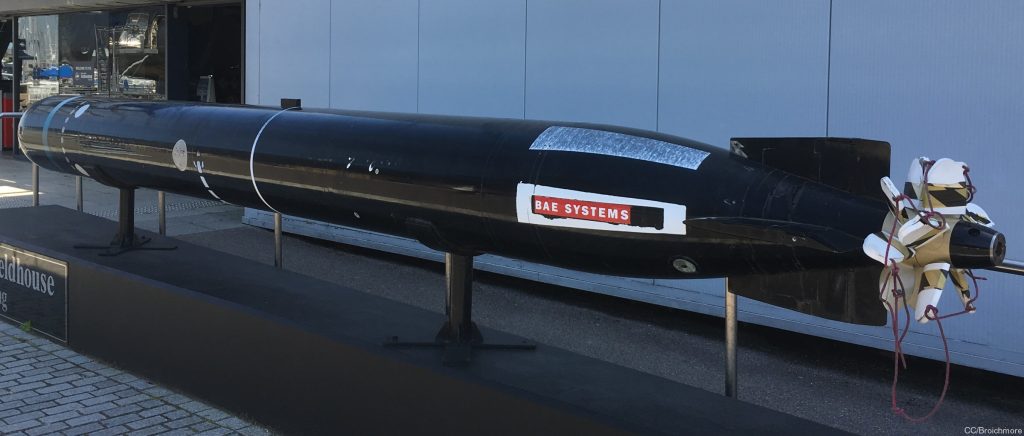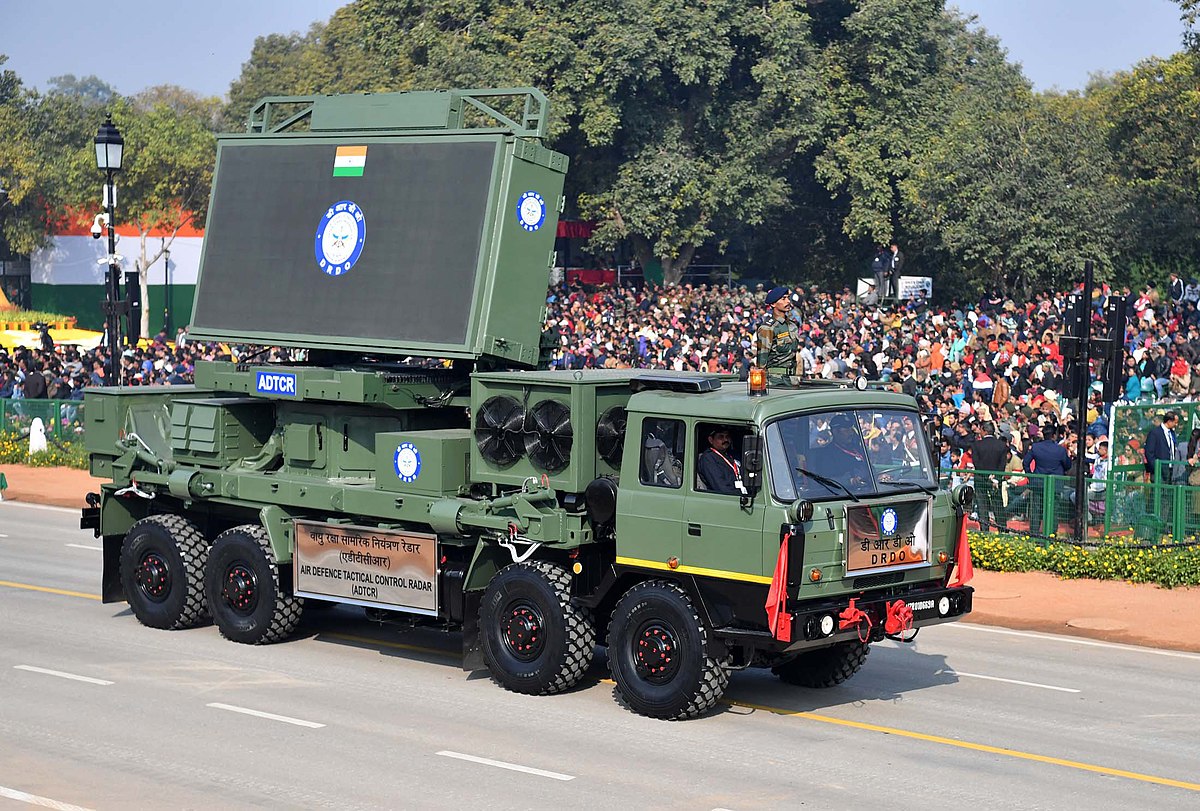In a significant move to bolster India’s defence capabilities, the Defence Acquisition Council (DAC), chaired by Defence Minister Rajnath Singh, gave the nod to projects totaling approximately Rs 84,560 crore. The Defence Ministry disclosed this development in a press release issued on Friday, highlighting the diverse range of acquisitions greenlit by the council.
The approved capital acquisition proposals encompass a variety of essential military assets, including air defence tactical control radar, heavy weight torpedoes, medium-range maritime reconnaissance, multi-mission maritime aircraft, flight refueler aircraft, and software-defined radios.
Additionally, the DAC sanctioned the procurement of a new generation of anti-tank mines equipped with seismic sensors and remote deactivation features for enhanced safety.
The acquisition of a Canister Launched Anti-Armour Loiter Munition System was also endorsed, aiming to bolster operational efficiency and strengthen India’s tactical capabilities in engaging targets Beyond Visual Line of Sight.

Furthermore, the DAC introduced amendments to the Defence Acquisition Procedure (DAP) 2020, aimed at fostering the growth of the defence start-up ecosystem and facilitating the procurement of advanced technologies from start-ups and MSMEs developed under the Innovations for Defence Excellence (iDEX) and Technology Development Fund schemes.
The recent budgetary allocations further underscore the government’s commitment to bolstering India’s defence infrastructure. In the Interim Budget for FY25, the Central government allocated Rs 6.21 lakh crore for the defence sector, marking a 4.72% increase from the previous year.
This allocation, constituting around 13% of the overall budget, reflects a prioritization of national security.
Of the allocated funds, a significant portion is designated for capital expenditure, aimed at modernizing the armed forces and enhancing their operational capabilities.

The increased budgetary allocation aligns with the Long Term Integrated Perspective Plan (LTIPP) of the three Services, focusing on filling critical capability gaps through the acquisition of state-of-the-art weaponry, fighter aircraft, ships, unmanned aerial vehicles, and specialist vehicles.
The enhanced focus on defence expenditure reaffirms India’s commitment to bolstering its indigenous defence capabilities and achieving self-reliance in the defence sector, thereby ensuring national security and sovereignty.













